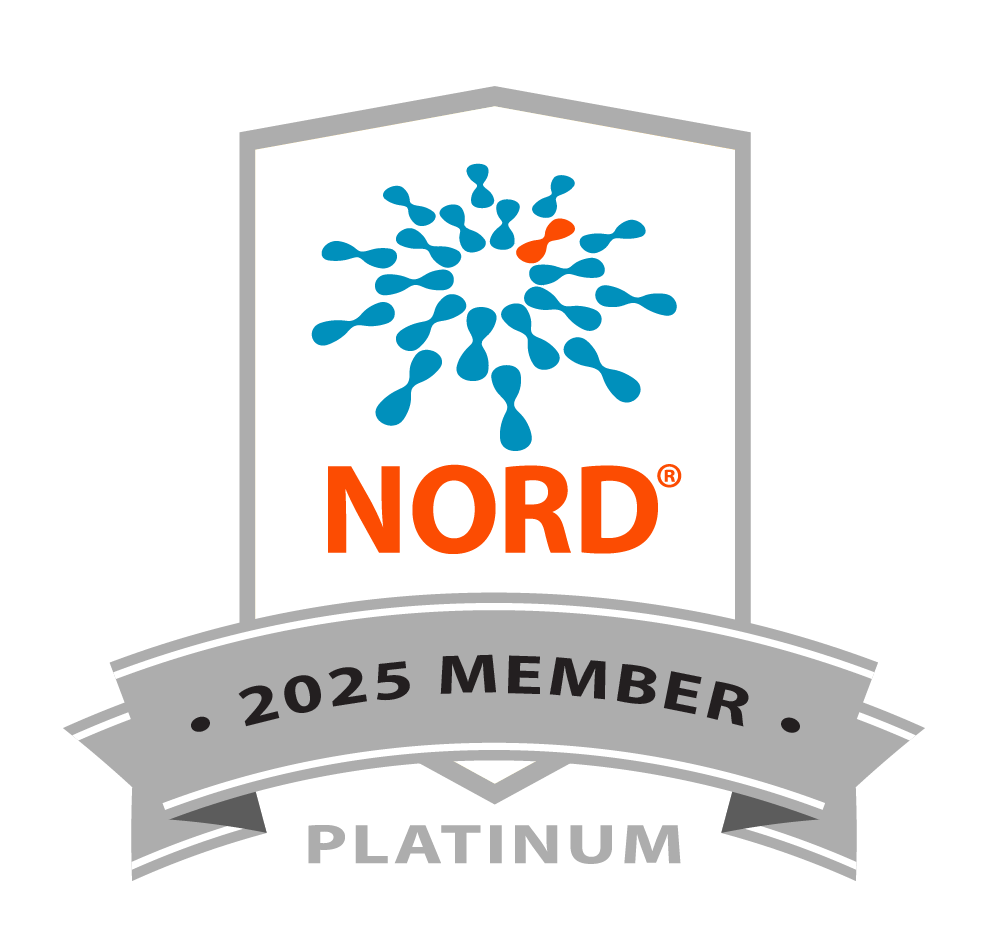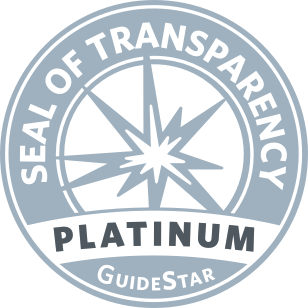Atsena Receives $150 Million in New Financing to Advance XLRS and Preclinical Gene Therapy Programs
Research News
The company has reported encouraging results from its LCA1 and XLRS gene therapy clinical trials.
Atsena Therapeutics, a company developing gene therapies for inherited retinal diseases (IRDs), closed a $150 million oversubscribed Series C financing. Proceeds from the investment will be used to advance ATSN-201, Atsena’s first-in-class investigational gene therapy for X-linked retinoschisis (XLRS) in a Phase 1/2 clinical trial. The investment will also be used to advance other preclinical gene therapy programs. As an oversubscribed financing, Atsena received more investment interest than it was seeking.
New investor Bain Capital led the financing with participation from new investor Wellington Management. All existing investors also participated in the Series C financing including the RD Fund (the venture arm of the Foundation), Lightstone Ventures, Sofinnova Investments, Abingworth, Hatteras Venture Partners, Osage University Partners, and the Manning Family Foundation.
“This substantial, oversubscribed financing for Atsena affirms the company’s differentiated platform for demonstrating significant clinical benefit through well-designed trials,” said Rusty Kelley, PhD, MBA, managing director of the RD Fund. “Atsena has inspired the field, the community, and investors with technologies that restore vision, and we are proud of the RD Fund’s pivotal role in building Atsena since its inception.”
Atsena has initiated Part B of the Phase 1/2 LIGHTHOUSE clinical trial for ATSN-201 (XLRS) which is enrolling nine adults and three pediatric patients. Atsena has reported encouraging results for Part A of LIGHTHOUSE which evaluated three different doses of ATSN-201 in nine adult patients. Updated data from this ongoing clinical trial evaluating is anticipated later this year.
The company successfully completed a Phase 1/2 trial for ATSN-101, an emerging gene therapy for Leber congenital amaurosis 1 (LCA1) which is caused by mutations in the gene GUCY2D. The trial demonstrated significant clinical benefit across age ranges and stages of disease progression. In November 2024, Atsena and Nippon Shinyaku, a pharmaceutical company based in Kyoto, Japan, entered into a license agreement for the development and commercialization of ATSN-101 including an anticipated global pivotal trial.
Atsena’s gene therapies were developed in the laboratory of Atsena co-founder and Chief Scientific Officer Shannon Boye, PhD, at the University of Florida. Dr. Boye has received significant funding from the Foundation over several years including a Gund Harrington award to support the development of an USH1B gene therapy licensed to Atsena. USH1B is caused by mutations in MYO7A, a gene too large for most viral delivery systems. Atsena’s USH1B gene therapy leverages the company’s dual adeno-associated virus (AAV) delivery system and novel spreading capsids (AAV.SPR) to deliver large genes to the retina and is currently in pre-clinical development.




